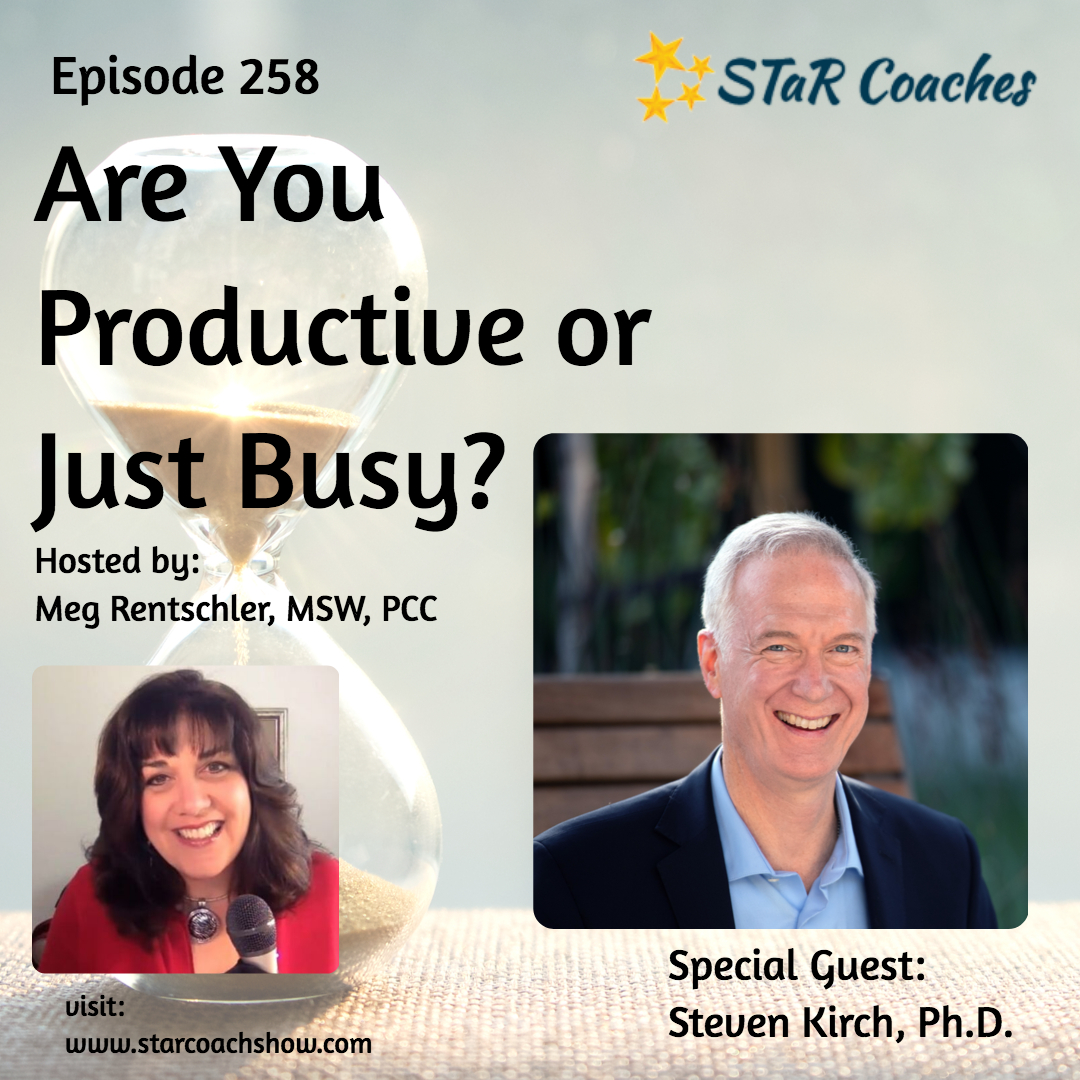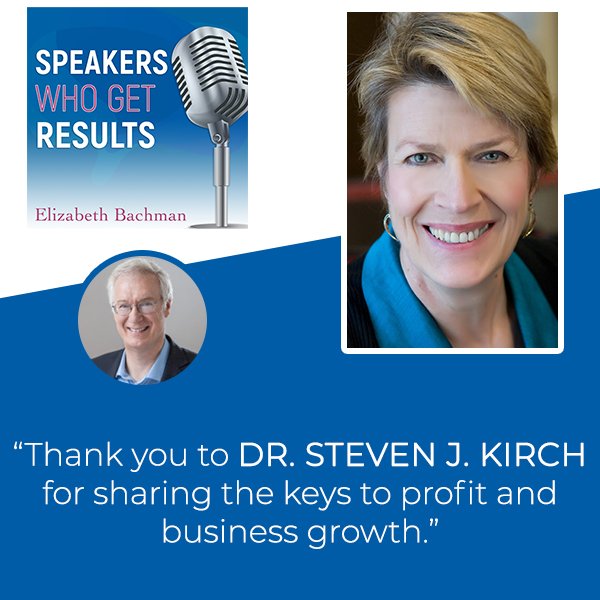What Caroling Taught Me About Living My Values
All year, I look forward to caroling with my family and our church group. It’s a cherished tradition that connects me to my faith, my community, and a musical tradition passed down from generation to generation. This year, controversy struck—and from the unlikeliest of sources. While rehearsing the hymn “Lo…
The STaR Coach Show Featuring Dr. Steven Kirch!
Are you confused about the next steps to growth in your business? Barriers and challenges are always in front of us, and it’s important to prioritize those next steps to progress. Join us to learn how to avoid shiny object syndrome and be your most productive instead of just busy.…
Learn to Boost Your Mental Fitness
Dr. L interviewed me on his Health, Wealth, & Wisdom Summit. We judge ourselves and self-sabotage our happiness by constantly chasing after the next thing and not being happy with what we have accomplished already. Plus, we have accomplice judges within oursevles. Some examples are the stickler, the hyper-vigilant, the…
One Big Tip Podcast: If you’re feeling stuck in your business? Learn how to be more productive with your time to accomplish more and move ahead
https://www.youtube.com/watch?v=eAf3Vcw1F1g&t=7s At the beginning of their journey, most entrepreneurs make the same mistakes. They don’t realize the value of their time, and they try to do everything themselves. As far as efficiency goes, this is a giant misstep. It’s more efficient to take the time to train someone once or…
The Path from Executive to Successful Business Coach
Profit Minds Growth System, Uncategorized
Are you a successful executive who’s just been told that you’ll have to return to the office…for real this time? Maybe you’re not sure that you want to go back. Working from home for the past two years has given you so much freedom. Sure, there have been challenges—a barking…
Black Lives Matter. PERIOD.
Children are an amazing gift. You bring home this little blob from the hospital, turn around a few times, and discover an amazing person. That’s what’s happened to me recently. My amazing daughter, an adjunct professor of writing at Columbia University, challenged me: “Are you going to do something, Dad?”,…
How to Create Three Months of Email Content in an Afternoon
Most small-business owners know the value of an email list. Email can be a great way to communicate with your audience on an ongoing basis. But this is where a lot of entrepreneurs get stuck: Once you start an email list, how do you know what to send them? No…
The Keys To Profit & Business Growth – Interview with Elizabeth Bachman
CLICK HERE TO WATCH THE INTERVIEW If you cannot watch, you can read it below… As one of the people whom I regularly consult about business, I’m so excited to bring you on here to give some new information in addition to the work that we’ve featured you…
Generating Leads: There are LOTS of of Other Ways
There are so many ways to generate leads. Listen to the video to hear just a few methods people use to obtain more clients. All vary in style and one of them is quite unique. I can easily help you utilize one of these or any other technique in your…





